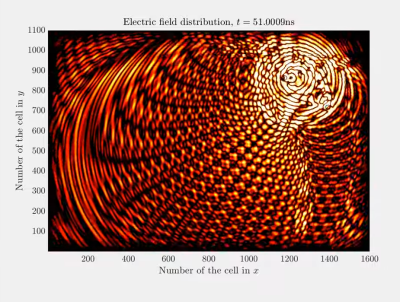
As the United States’ pinnacle of extravaganza, the Las Vegas Strip and the rest of the town of Paradise are on a seemingly never-ending quest to become brighter, glossier and more over the top as one venue tries to overshadow the competition. A good example of this is the ironically very uninspiredly named Sphere, which has both an incredibly dull name and yet forms a completely outrageous entertainment venue with a 54,000 m2 (~3.67 acre) wrap-around interior LED display (16 x 16K displays) and an exterior LED display (‘Exosphere’) consisting out of 1.23 million LED ‘pucks’. Although opened in September of 2023, details about the hardware that drives those displays have now been published by NVidia in a recent blog post.
Driving all these pixels are around 150 NVidia RTX A6000 GPUs, installed in computer systems which are networked using NVidia BlueField data processing units (DPUs) and NVidia ConnectX-6 NICs (up to 400 Gb/s), with visual content transferred from Sphere Studios in California to the Sphere. All this hardware uses about 45 kW of power when running at full blast, before adding the LED displays and related hardware to the total count, which is estimated to be up to 28 MW of power and causing local environmentalists grief despite claims by the owner that it’ll use solar power for 70% of the power needs, despite many night-time events. Another item that locals take issue with is the amount of light pollution that the exterior display adds.
Although it’s popular to either attack or defend luxurious excesses like the Sphere, it’s interesting to note that the state of Nevada mostly gets its electricity from natural gas. Meanwhile the 2.3 billion USD price tag for the Sphere would have gotten Nevada 16.5% of a nuclear power station like Arizona’s Palo Verde (before the recurring power bill), but Palo Verde’s reactor spheres are admittedly less suitable for rock concerts.


















